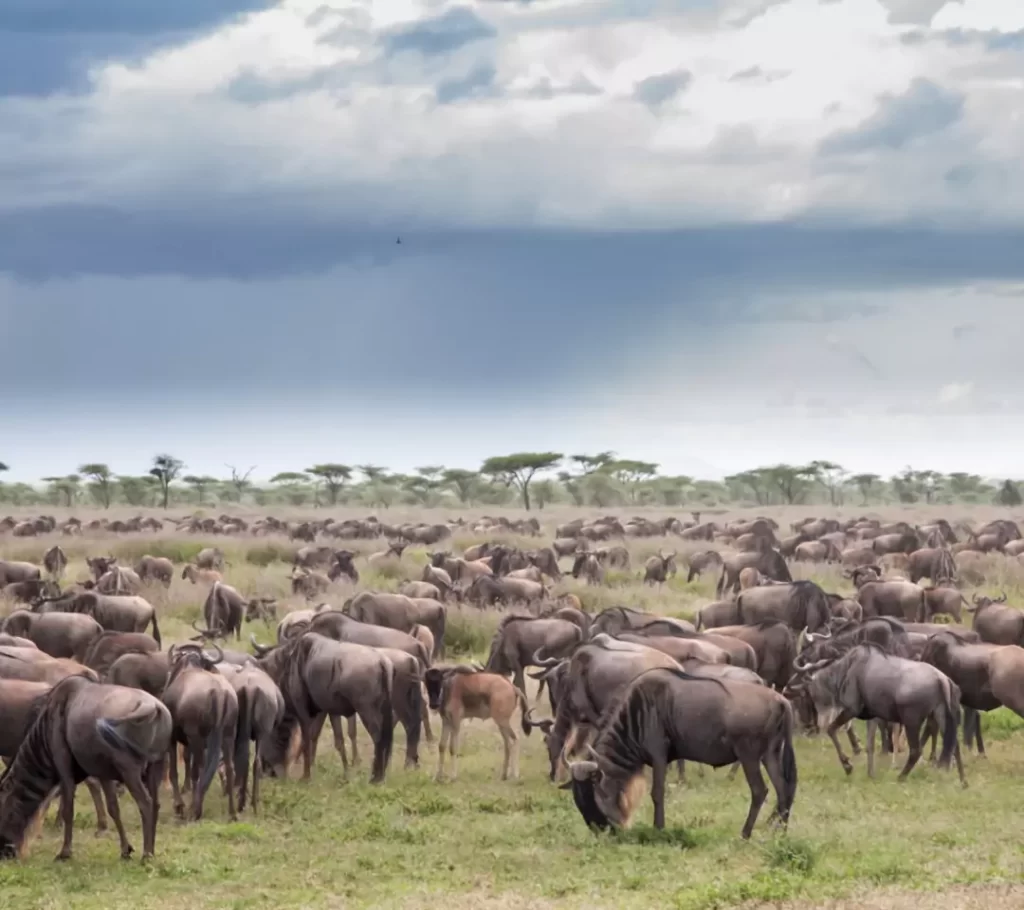
Every year, over 1.5 million wildebeest, 400,000 zebras, and 200,000 gazelles embark on a treacherous 1,200-mile journey across Tanzania’s Serengeti and Kenya’s Maasai Mara. This cyclical phenomenon, known as the Great Migration, is one of Earth’s most awe-inspiring wildlife events. In this Great Migration guide, we break down everything you need to know to witness this epic journey—from timing and routes to insider safari tips.
The Great Migration is a continuous, year-round movement of herds driven by rainfall and the search for fresh grazing. The cycle revolves around four key phases: This Great Migration guide will help you follow these phases.
Timing is critical. Here’s a month-by-month breakdown to maximize your experience described in this great migration guide:
Pro Tip: The migration is fluid—track real-time updates with safari operators. Our Great Migration guide will help you stay informed.
Top Camps: Stay at mobile camps like Serengeti Under Canvas or Asilia’s Sayari Camp for front-row views. This Great Migration guide recommends these camps for the best views.
Explore our guide to Best Luxury camps & Lodges in the Serengeti for accommodation tips.
The crossings peak between July and October, though timing shifts yearly based on rains. This Great Migration guide can help you plan accordingly.
Yes! The herds move between Serengeti (Tanzania) and Maasai Mara (Kenya). July–October favors both Tanzania & Kenya; January–March is best in Tanzania. Follow our Great Migration guide for the best viewing spots.
No—safaris are led by expert guides. Always follow park rules and stay in vehicles during predator sightings. This Great Migration guide emphasizes safety first.
The cycle never stops! Herds move year-round, but river crossings and calving are seasonal highlights which this Great Migration guide details.
Lions, cheetahs, hyenas, elephants, and over 500 bird species follow the herds.
Rainfall patterns are becoming less predictable, but the migration continues. Conservation efforts are critical—choose eco-conscious tours and refer to our Great Migration guide for responsible travel tips.
Learn how more about Serengeti